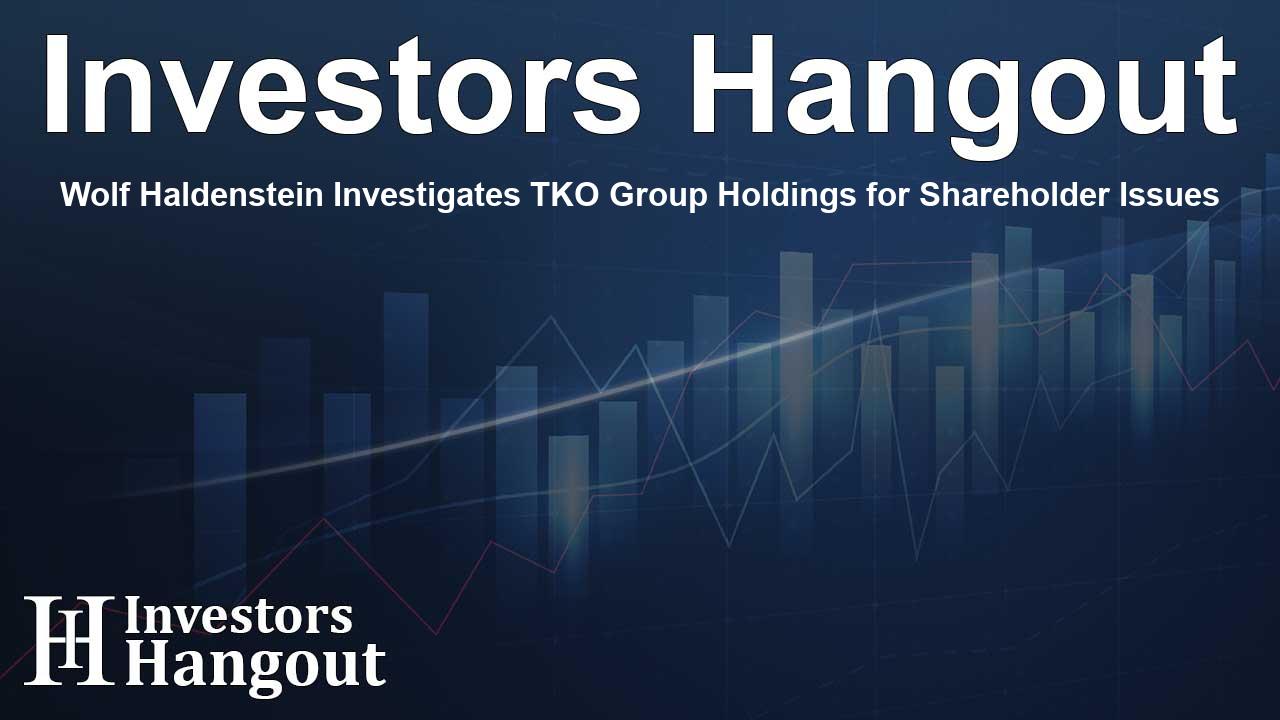Japan's Manufacturing Sector Faces Significant Decline in Output

Japan's Manufacturing Sector in Decline
Japan's manufacturing sector is experiencing a troubling decline as recent surveys reveal a significant slowdown in activity. In October, factory output shrank at the fastest rate observed in three months, primarily due to diminishing domestic and international demand.
Latest PMI Numbers Indicate Contraction
The final reading of the au Jibun Bank Japan manufacturing purchasing managers' index (PMI) dropped to 49.2 in October, down from 49.7 in the previous month. This figure indicates a continual contraction, remaining below the crucial threshold of 50.0 for the fourth consecutive month.
Weak Demand Impacting Sales
According to Usamah Bhatti from S&P Global Market Intelligence, many firms cited fragile demand within both domestic and global markets as a significant factor undermining their sales and output, particularly evident in the semiconductor and automotive industries.
Concerns Over New Orders
A deeper look into the indices reveals an alarming trend: the output subindex has contracted the most significant level since April. This decline stems from weak new orders and an accumulation of surplus inventories. Notably, new orders have remained below the 50.0 threshold for a staggering 17 months.
Exports Feeling the Pressure
Industry observers point to muted demand from major markets such as the United States and China, resulting in a severe drop in new export orders, marking the largest contraction since March. This trend underscores the challenges manufacturers are currently facing in maintaining sales volume amidst dwindling demand.
Input Costs and Price Adjustments
Despite the struggle with demand, manufacturers have continued facing rising input prices throughout October, albeit at a slower pace than seen earlier this year. Key factors contributing to this inflationary pressure include elevated costs for raw materials, labor, logistics, and utilities, compounded by fluctuations in the yen's value.
Price Increases Reflect Higher Operating Expenses
In response to the escalating operational costs, manufacturers have also raised their selling prices, leading to a notable increase in output prices — the highest recorded in three months. This adjustment reflects the challenges of balancing rising costs with faltering demand.
Outlook Remains Cautious
Despite these challenges, manufacturers express a cautious optimism about the future. However, the outlook remains nearly unchanged from September's 21-month low, indicating ongoing concerns over the timing for recovery from the current economic downturn.
Bank of Japan's Monitory Strategy
The Bank of Japan has recently held its ultra-low interest rates steady while indicating the importance of monitoring global economic conditions. The central bank has also projected that inflation will hover around its 2% target in the upcoming years, emphasizing its commitment to raise borrowing costs if the economy shows signs of sustained moderate recovery.
Frequently Asked Questions
What does the recent PMI reading indicate about Japan's economy?
The recent PMI reading of 49.2 indicates a contraction in Japan's manufacturing sector, pointing to declining factory activity due to weak demand.
Which sectors are most affected by the decline in manufacturing?
Sectors like semiconductors and automotive industries are notably impacted by the declining demand, affecting sales and production levels.
How are manufacturers responding to rising input costs?
Manufacturers have been raising selling prices to cope with increasing operational costs, resulting in the highest output prices seen in three months.
What is the outlook for Japan's manufacturing sector?
While there is cautious optimism, the outlook remains low with ongoing concerns about the timing of recovery from the economic downturn.
What role does the Bank of Japan play in the current economic scenario?
The Bank of Japan is maintaining ultra-low interest rates while indicating the need to assess global economic conditions and prepare for potential rate hikes if necessary.
About Investors Hangout
Investors Hangout is a leading online stock forum for financial discussion and learning, offering a wide range of free tools and resources. It draws in traders of all levels, who exchange market knowledge, investigate trading tactics, and keep an eye on industry developments in real time. Featuring financial articles, stock message boards, quotes, charts, company profiles, and live news updates. Through cooperative learning and a wealth of informational resources, it helps users from novices creating their first portfolios to experts honing their techniques. Join Investors Hangout today: https://investorshangout.com/
Disclaimer: The content of this article is solely for general informational purposes only; it does not represent legal, financial, or investment advice. Investors Hangout does not offer financial advice; the author is not a licensed financial advisor. Consult a qualified advisor before making any financial or investment decisions based on this article. The author's interpretation of publicly available data shapes the opinions presented here; as a result, they should not be taken as advice to purchase, sell, or hold any securities mentioned or any other investments. The author does not guarantee the accuracy, completeness, or timeliness of any material, providing it "as is." Information and market conditions may change; past performance is not indicative of future outcomes. If any of the material offered here is inaccurate, please contact us for corrections.









